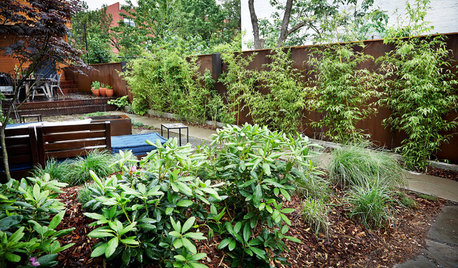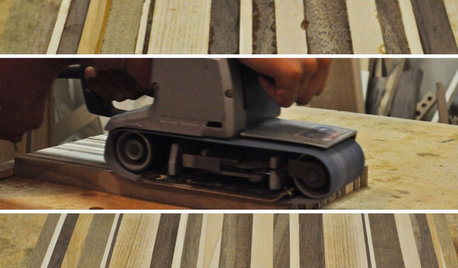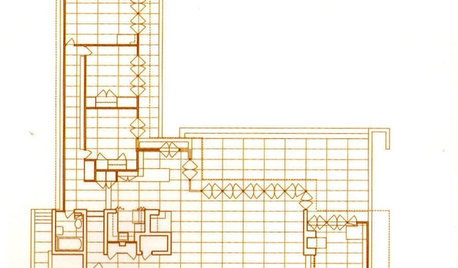Can I regrow an Oak Tree from one that has been cut down?
arabiansrgr8
14 years ago
Related Stories

REMODELING GUIDESOne Guy Found a $175,000 Comic in His Wall. What Has Your Home Hidden?
Have you found a treasure, large or small, when remodeling your house? We want to see it!
Full Story
LANDSCAPE DESIGNA Front Yard Regrows in Brooklyn
Hurricane Sandy ravaged this New York City plot, but two landscape designers have rebuilt it to be better and stronger than ever
Full Story
LIFEThe Polite House: How Can I Tell a Construction Crew to Pipe Down?
If workers around your home are doing things that bother you, there’s a diplomatic way to approach them
Full Story
SMALL HOMES16 Smart Ideas for Small Homes From People Who’ve Been There
Got less than 1,000 square feet to work with? These design-savvy homeowners have ideas for you
Full Story
LIFEYou Said It: ‘Each Piece Has a Story’ and More Words From the Week
Whether beating paper to a pulp or hanging glass plates as shed windows, Houzzers showed off amazing ingenuity this week
Full Story
INSPIRING GARDENSWhat We Can Learn From Longwood Gardens’ New Meadow
Sustainability, ecology, native plant communities ... this public garden is brimming with lessons on horticulture for home gardeners
Full Story
HOUZZ TVHouzz TV: This Dream Midcentury Home in a Forest Even Has Its Own Train
Original wood ceilings, a cool layout and, yes, a quarter-scale train persuaded these homeowners to take a chance on a run-down property
Full Story
HOLIDAYSHow to Care for Your Christmas Tree
Keep your tree looking lush until the last ornament is packed away with these tips for watering, using stands and more
Full Story
DIY PROJECTSFashion a High-Quality Cutting Board From Scrap Wood
Waste not, want not. This DIY project saves scraps from the landfill, hones your woodworking skills and produces a gorgeous kitchen piece
Full Story
REMODELING GUIDESSee What You Can Learn From a Floor Plan
Floor plans are invaluable in designing a home, but they can leave regular homeowners flummoxed. Here's help
Full Story





hortus_custodis
brandon7 TN_zone7
Related Professionals
Ashburn Landscape Architects & Landscape Designers · Summit Landscape Architects & Landscape Designers · Chattanooga Landscape Contractors · Coram Landscape Contractors · Hayward Landscape Contractors · Hoover Landscape Contractors · Lake Worth Landscape Contractors · Mastic Beach Landscape Contractors · Midland Landscape Contractors · Morrisville Landscape Contractors · Nanuet Landscape Contractors · Saint Paul Landscape Contractors · Smyrna Landscape Contractors · Wallingford Landscape Contractors · Merrifield Landscape Contractorsarabiansrgr8Original Author
brandon7 TN_zone7
Heloise O'Byrne
nick shelley